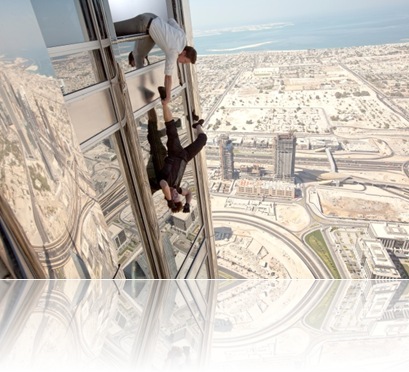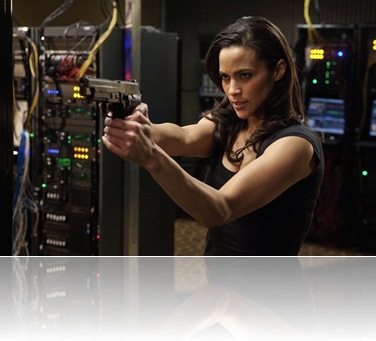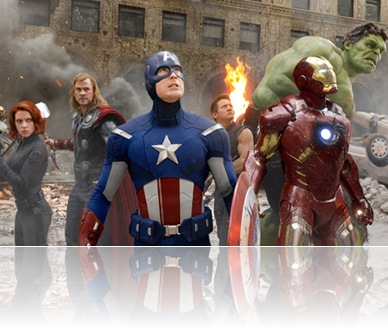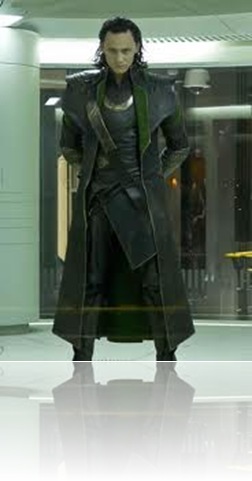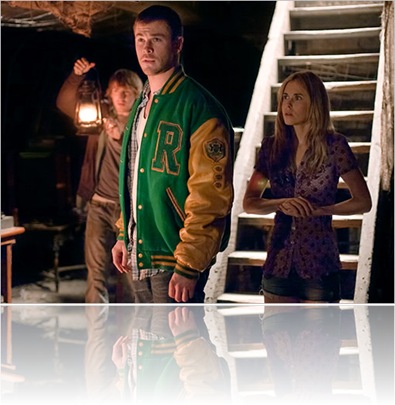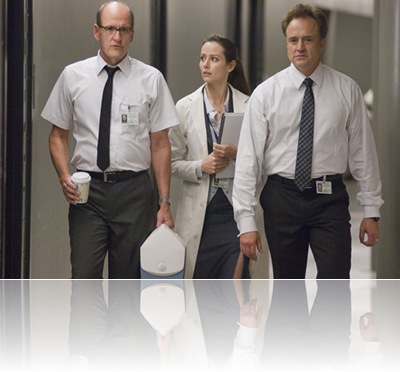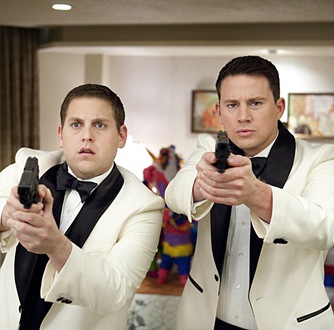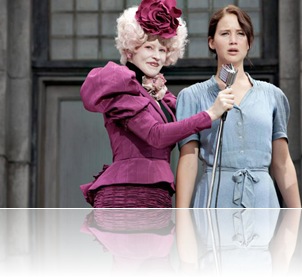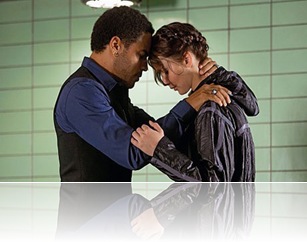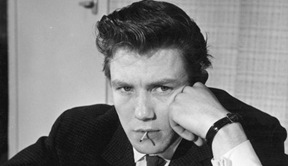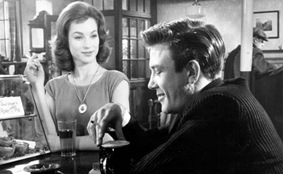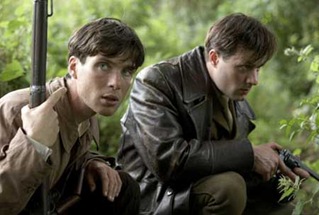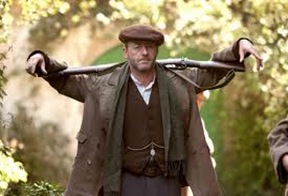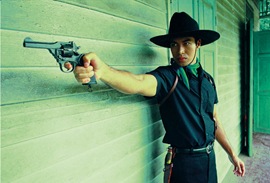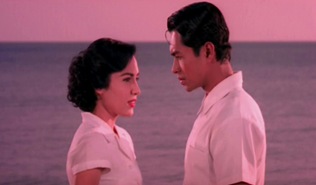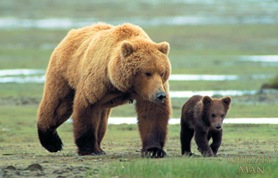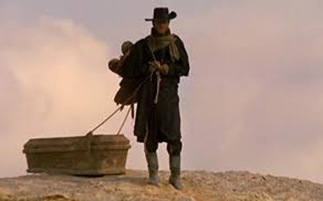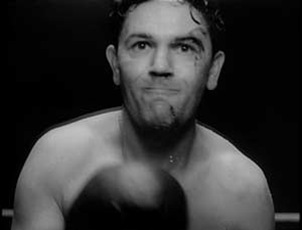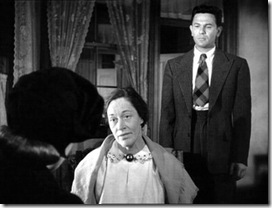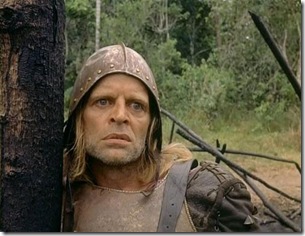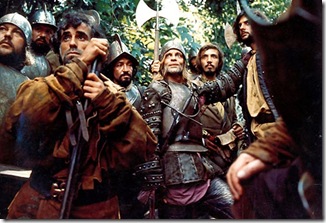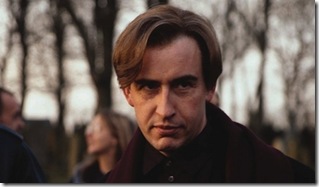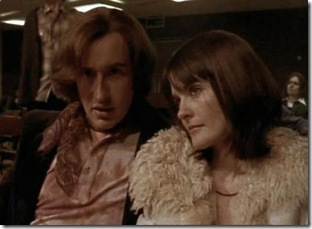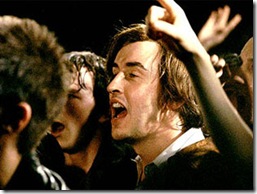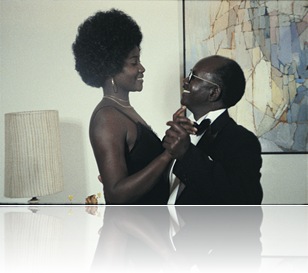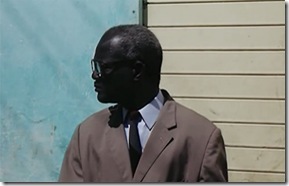2011
Director Guy Ritchie
If you thought Guy Ritchie’s first foray into the macabre world of Victorian sleuthing was a little light on the detective side and a tad heavy on the flesh-rippling, teeth-crunching violence, then his second effort, Sherlock Holmes: A Game of Shadows, may not quite be your cup of tea*. If, however, the notion that absolutely anything and
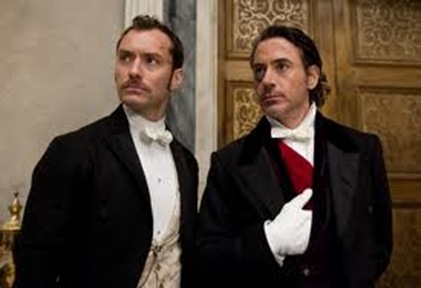 everything to do with Mr. Holmes must conform to a slow, investigative formula is quite alien to you, and the prospect of 129 minutes of explosions, gunfights, knife duels, menacing villains, and overt homoeroticism is actually rather appealing, then Huzzah!
everything to do with Mr. Holmes must conform to a slow, investigative formula is quite alien to you, and the prospect of 129 minutes of explosions, gunfights, knife duels, menacing villains, and overt homoeroticism is actually rather appealing, then Huzzah! A series of assassinations throughout Europe leads the famous and eccentric detective Sherlock Holmes (Robert Downey, Jr., Iron Man 2, 2010) and the faithful Dr. Watson (Jude Law, Contagion, 2011) into a direct and deadly confrontation with their greatest enemy yet: the mysterious and formidable Professor Moriarty (Jared Harris, Mad Men).
A Game of Shadows breaks away from the traditional representations of Sherlock Holmes even more than its predecessor. One would be excused for thinking that if any of the current reimaginings were going to walk a path closer to the balletic insanity of John Woo than the studious pondering of Tomas Alfredson’s Tinker Tailor Soldier Spy (2011), then surely it would be Steven Moffat’s television offering because of its contemporary setting. Alas, no. Ritchie has transplanted his adoration of all things slo-mo, painful and ear-shattering into an almost steampunk Fin de siècle environment. A Game of Shadows is what Stephen Norrington’s dreary The League of Extraordinary Gentlemen (2003) should have been: a period action adventure with stonking good set-pieces - such as the train fire fight where Holmes rather rudely interrupts Watson’s honeymoon - and witty, engaging representations of beloved, classic literary characters in whose presence you don’t mind spending an evening.
Arguably Ritchie’s Ace is his actors. Downey, Jr. and Law threw themselves into their characters with cartoonish aplomb in 2009, and they only raise the Bugs Bunny antics in their second outing. Their interaction and repartee continues to outperform even the most skin-searing of action sequences. Both actors are known for walking a very fine line between entertaining (Zodiac, Road to Perdition) and downright annoying (Iron Man, The Holiday) in many of their cinematic efforts, but are able to cast of these minor irritations, discovering here, as they have, their perfect character vehicles.
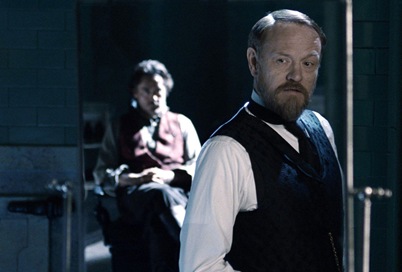 |
| Moriarty knew Holmes was checking out his arse ... and he liked it. |
Noomi Rapace (The Girl with the Dragon Tattoo, 2009) is wasted as the gypsy Simza, and there is nowhere near enough Eddie Marsan (Tyrannosaur, 2011) to truly satisfy one’s thirst, but these are minor trifles.
A Game of Shadows might be closer to Bond than to Holmes, with its rather straight-laced plot of villainous domination, exotic dames and bullet play, but that does not prevent it from being one of the most mind-numbingly, silly, deafening, but boyishly fun two hours of the year.
*** ¾ / *****
* Or coffee, whatever. Other caffeine-laced beverages are available.


